Image taken with a Canon 70D camera and a Tamron 18-400mm lens set at 77mm, ISO 400 and exposure time 1/6th of a second. I took another corresponding image at a quicker exposure of 1/30th second because the moons surface was so bright, and then just blended the moons surface only into the picture.
|
The Moon was a beautiful golden colour as it rose in the evening sky last night, we have a lot of swans on our lake at the moment and they were gliding past in the glitter path created by the moonlight. I had to wait quite a while for the right moment to capture one of them fully in the moonlit path…and I got it :-)
Image taken with a Canon 70D camera and a Tamron 18-400mm lens set at 77mm, ISO 400 and exposure time 1/6th of a second. I took another corresponding image at a quicker exposure of 1/30th second because the moons surface was so bright, and then just blended the moons surface only into the picture.
0 Comments
This was the beautiful view on our waterway just after sunset this evening with the Moon glitter on the water and Mars the only other bright light other than the full Moon in the eastern sky; a swan passing by on the water just completed the pretty picture :-)
My photos were taken with a Canon 70D camera and a Tamron 18-400mm lens. We will see the first part of the lunar eclipse here on the east coast of Queensland early in the morning (28th July) but it does not begin (U1) until 4.24am with totality beginning at 5.30am. By the time totality ends, the eclipsed Moon will have set. At least we’ll see the first half of the eclipse…that is, if the clouds don’t spoil the show! You will have to have a very clear low western horizon to catch this one if you live in South East Queensland, because the Moon sets in the west at 6.36am and maximum eclipse (Totality) is at 6.22am, this will be neatly at the same time as the sunrise. But saying that, you’ll still enjoy seeing the first half of the eclipse, which begin at 4.24am, and if the horizon is still clear for you lunar totality will start at 5.30am, it might look very pretty with the dawn colours and the red planet Mars very close by the Moon. If you have the publication Astronomy 2018, you’ll find all the times for the other states in Australia on page 92. Good Luck everyone :-) Images from a previous Total Eclipse of the Moon as seen from the Gold Coast in QLD Australia :-)
I will post some images soon of this one if the sky is clear and I can see the eclipse above the houses and trees which are across the road from me here on the Gold Coast! Postnote: Because of cloud I could not see the lunar eclipse :-(  All of the 2018 "David Malin Awards" Winners. (L-R):Noeleen Lowndes, Colin Robson, Eddie Trimarchi, Kamil Sustiak, Phil Hart, Brad Le Brocque, Dr David Malin, Rod Evans, Peter Ward, Matthew Maas, Tom Elliott, Greg Priestley, Stefan Buda, Alex Cherney,Ian Inverarity, Bratislav Curcic, Megan Watson, Ross Giakoumatos and Uri Abraham. The Central West Astronomical Society at Parkes in NSW held their prestigious Astrophotography Competition last weekend where all the category winners and finalist were presented with their awards. From where I live on the Gold Coast in Queensland a car journey to Parkes in NSW is just under 1000 km, but when you win a special award like this it’s so exciting you just have to go :-) This year’s presentation was a bit different as the David Malin award ceremony was held during the CWAS clubs Astrofest. The Astrofest was held in the Coventry Room at the Parkes Library on Saturday the 14th of July with the day featuring outstanding speakers from Australia and overseas. This year special guest was Dame Jocelyn Bell-Burnell the Discoverer of Pulsars, other guest speakers were Amy Shira Teitel from Vintage Space, Prof. Elaine Sadler from Sydney University/CASS and Donna Burton from Milroy Observatory. (I’ll write another blog on these wonderful presentations) In the afternoon, Dr David Malin presented all the stunning images and gave an outline on why he chose each astronomy image. He also made the comment that every year the images submitted by astrophotographers just get more and more outstanding. This year I was honoured and very proud to have been an award winner in the ‘Nightscape Category’ for my image of the Northern Lights called ‘The Northern Lights in the Arctic Night’. I also had another “Highly Commented” Aurora image titled “Breathtaking Aurora in the Night Sky shown and mentioned during the presentation. On Sunday the 15th of July we were all invited to the Parkes Radio Telescope Centre for the opening and unveiling of our images, which were all beautifully framed and on show in the gallery. This was also an open day for the public to come and view the images with members from the CSWA setting up there telescopes to show the daytime sky to everyone beside the magnificent Parkes Radio telescope. During the opening of the images in the gallery a special birthday presentation took place as it was Dame Jocelyn bell-Burnell’s birthday, she said she could not think of a better place to celebrate the event. She is such a lovely person and she congratulated all of us on our beautiful images of the universe. All our astrophotography images will now remain on show for the year at the Parkes Radio Telescope visitor centre and another full set will travel around Australia to all the different science centers and observatories for the public to view and enjoy. I would like to thank all the members from the CWAS especially John Sarkissian for his dedication in making this the premier astronomical photography event here in Australia. Thank you also to Canon Australia for my prize of a $200 Canon voucher to use at their online Canon store. https://www.parkes.atnf.csiro.au/news_events/astrofest/awards/ https://www.facebook.com/CWASDMA/ http://www.pittwateronlinenews.com/The-2018-CWAS-AstroFest-David-Malin-Awards.php Please find below some images from the award ceremony on Saturday the 14th of July and at the opening of the exhibition at the Parkes Radio Telescope on Sunday the 15th July. I am very happy and proud to be part of this amazing exhibition and I’m sure everyone who sees our images will be truly stunned at the awesome beauty of the universe that we all live in :-) We stayed a few nights in the beautiful Warrumbungle National Park in NSW where the world famous Siding Spring Observatory is located. While camping in the park in a very cold -6 degrees, I managed to get some really lovely images of the night sky with just my camera and lenses on a tripod.
The sky was just so amazingly beautiful, diamonds in the sky beautiful :-) This image is of the South Celestial Pole above the trees, to the right of the image that trailing smudge is associated with millions of stars in the Milky Way where the Southern Cross (Crux) is going down to the west. This is just a one image with an exposure time of 7314 seconds (2hours) which included another 2 hour in camera dark frame. I used a Canon 700D camera and a Sigma 10-20mm lens set at 11mm and f4.5, the ISO was 200 and the image was taken on the night of the 17th – 18th July 2018. The night sky is a stargazer’s delight at the moment with the planets Jupiter, Saturn and Mars spread right across the evening sky on the ecliptic and the center of our Milky Way galaxy right in the middle of them…it looks so beautiful, you must go outside and have a look :-) I took these images just two nights ago when the waxing crescent Moon had nearly set at the Warrumbungle National Park in NSW. I used a Canon 70D camera and a Tokina 10-16mm fisheye lens set at 11mm and f3.5. The exposure time was 20 seconds, and ISO 3200, five images were stacked in DSS and processed in PS. I could see the brilliant planet Venus ever so clearly close to a new crescent Moon late this afternoon in a beautiful clear blue sky. Then later on as the sky became dark the elusive planet Mercury could be seen low on the western horizon. This was all happening in the constellation of Leo the Lion with its alpha star Regulus between the two planets, which also lies very close to the ecliptic.
Images were taken in the very dark skies at the Warrumbungle National Park in NSW with a Canon 70D camera on a tripod and using a Tamron 18-400mm lens. For the day time image of the conjunction, the lens was set at 400mm, ISO 400 and exposure was 1/500th second. For the evening image the lens was set at 35mm with a 1 second exposure and ISO1600.  ~ Wow, I won a David Malin Award ~ ~ Wow, I won a David Malin Award ~ I’m so excited because one of my beautiful aurora images titled ‘The Northern Lights in the Arctic Night’ has been chosen as a finalist in this years CWAS David Malin Awards astrophoto competition in the Nightscapes section, Wow, that's amazing :-) What happens now is during the CWAS astrofest conference on the weekend of the 14th & 15th July, David Malin will introduce us all and our images and an overall winner will be announced in each section, to win a monetary voucher kindly donated by Canon Australia, along with lovely plaques and certificates. But the most exciting thing about the whole competition is that all of our beautiful images will be professionally printed and framed to be display at the visitors centre at CSIRO Parkes Radio Telescopes in NSW for a whole year. Then, another set of the images will tour the country and go to other observatories and museums, so many many people will see our images and wonder at the beauty of the night sky…how very exciting is all that! Please go to the links below to see my Aurora image and also all the other finalist chosen this year, I’ll let you know soon how I went…. Noeleen :-) https://www.facebook.com/CWASDMA/ http://www.parkes.atnf.csiro.au/news_events/astrofest/DMA/2018_shortlist/ https://www.parkes.atnf.csiro.au What a beautiful view it was last night when the Moon rose from behind the clouds with Mars shinning brilliantly above, to add to the beauty it was all reflected in the lake :-)
My images were taken with a Canon 70D camera and a Tamron 18-400mm lens on a tripod. The first image was set at 23mm with a 4 second exposure and ISO400. The second image was a 2.5 second exposure with the lens set at 70mm and ISO 400. I drove out of my garage today and looked up in the sky and saw this stunning solar halo from my driveway…that was it, I jumped out of the car and starting taking photos, you can also see part of another circle up in the top of the corners of the image, I’m not sure if that is the 46 degree circle? That perfect circle around the Sun is created by special sized ice crystals that refract the suns lights and is 22 degrees away from the Sun. I kept an eye on the sky all day and saw sundogs and my first circumzenithal arc, I have never seen one before so I was very excited, it only lasted a few minutes then it was gone…but what a thrill it was to see! ~ My first view ever of a circumzenithal arc, it's associated with the 46 degree circle around th Sun ~  A circumzenithal arc (CZA) A circumzenithal arc (CZA) A circumzenithal arc (CZA) is like an upside-down rainbow, it’s another optical phenomenon belonging to the family of halos and that is why you may see one when there's a halo in the sky. They are associated with the super huge 46 degree circle that surround the Sun or Moon when high cirrus or cirrostratus clouds are in the sky like there was today. If you would like to know more about these objects please go to Les Cowley’s excellent AOptics website at: https://www.atoptics.co.uk/halosim.htm https://en.wikipedia.org/wiki/Halo_(optical_phenomenon) These images were taken on the 30th June 2018 with just a Canon G15 point and shoot camera that I always have in my handbag and I used manual focus and the auto settings in the camera. |
AuthorI just love being under the heavens, come on a journey with me and I’ll share some of the amazing wonders of the Universe with you. Noeleen :-) Archives
June 2024
Categories
All
|

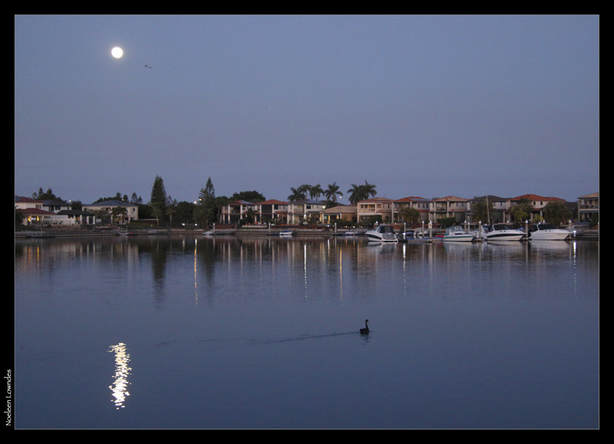




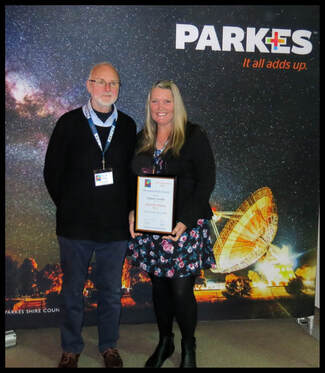








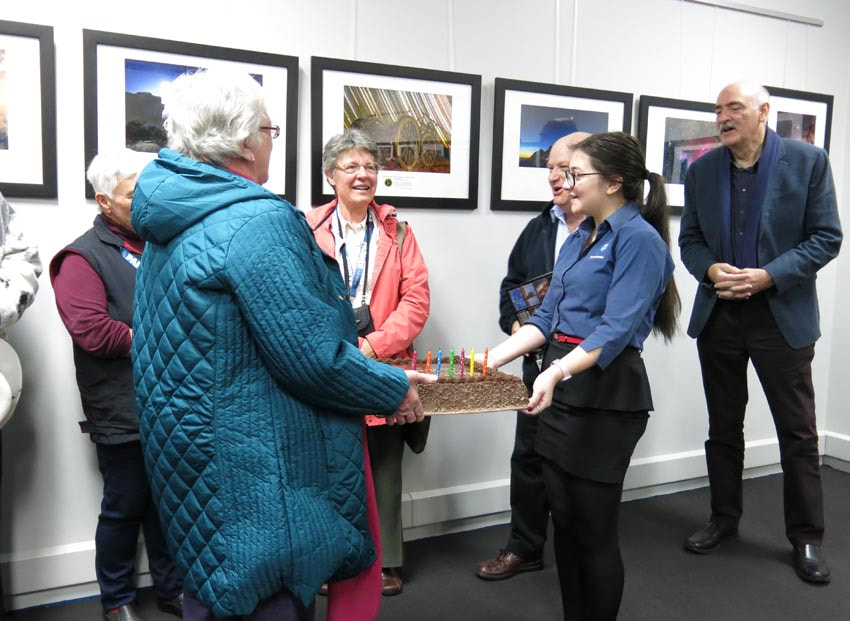
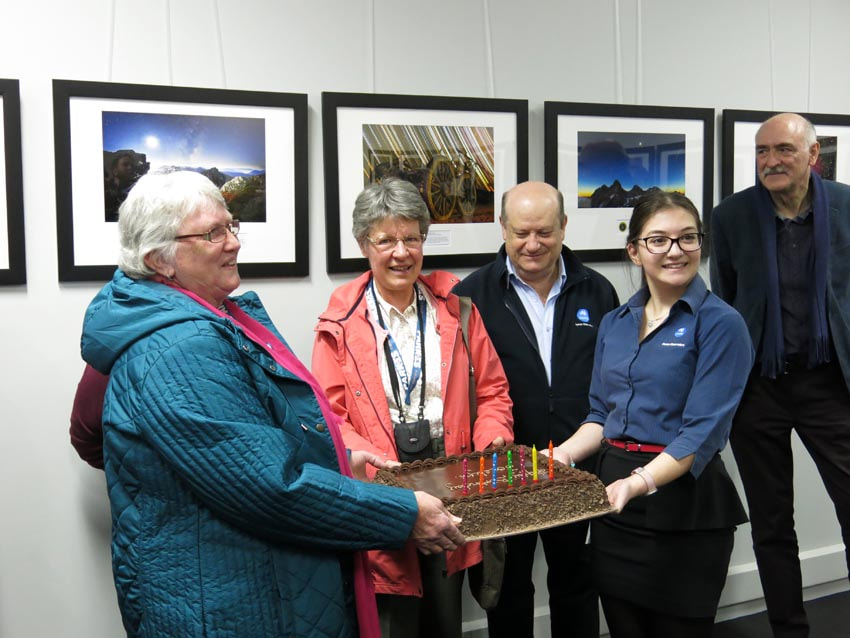
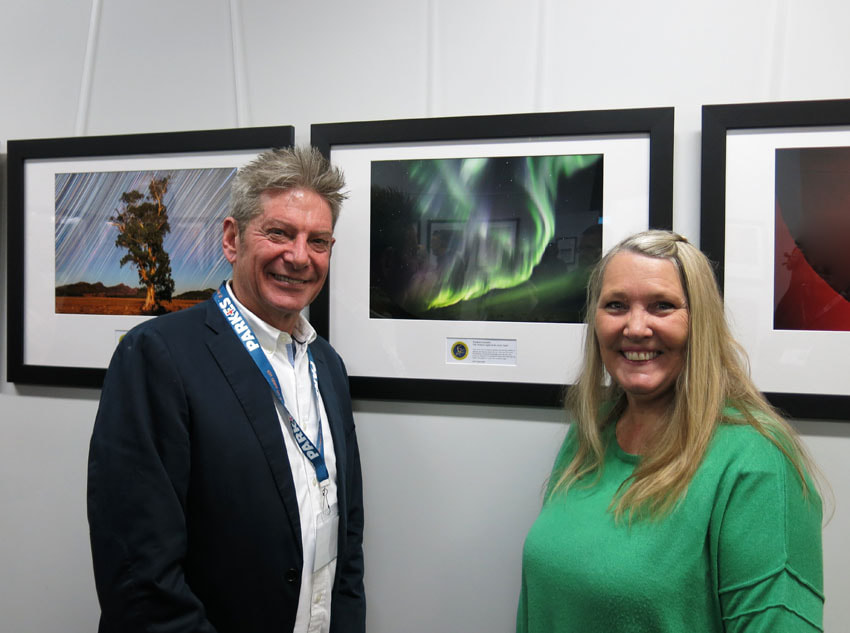


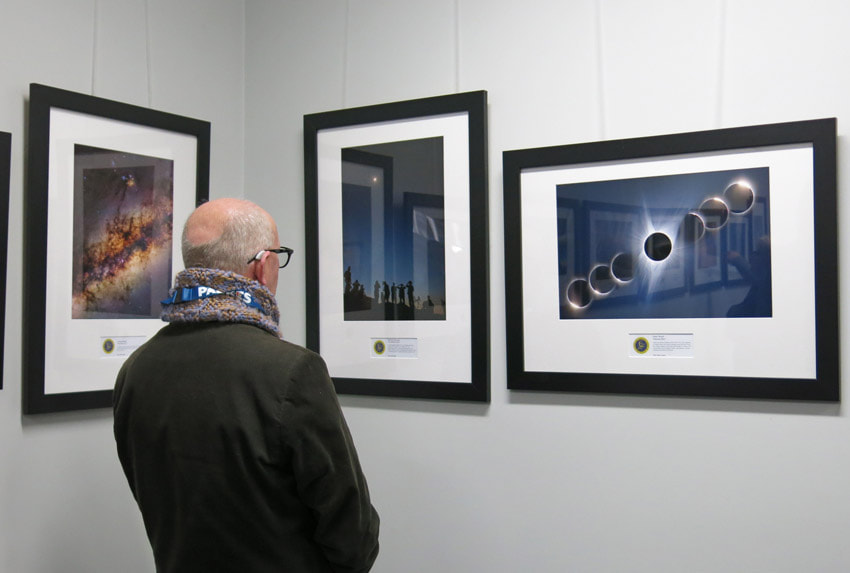
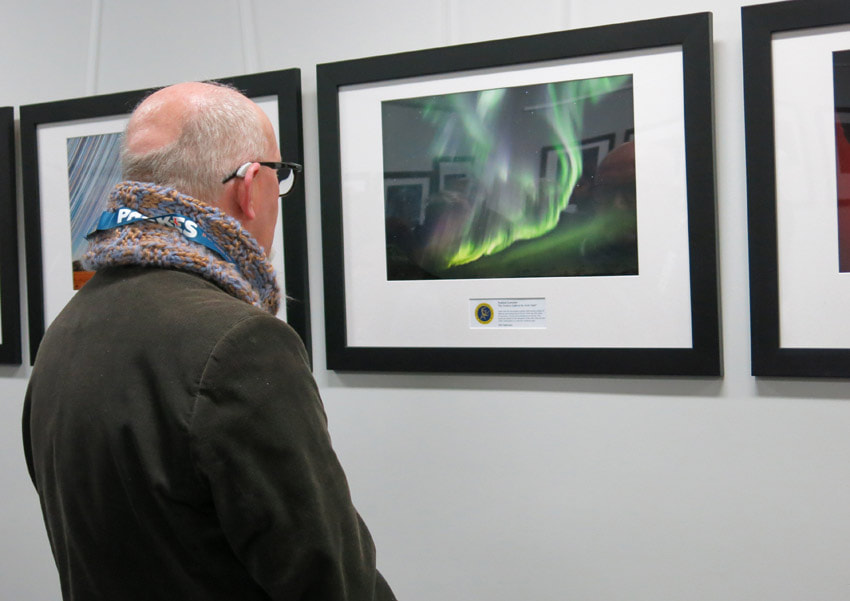
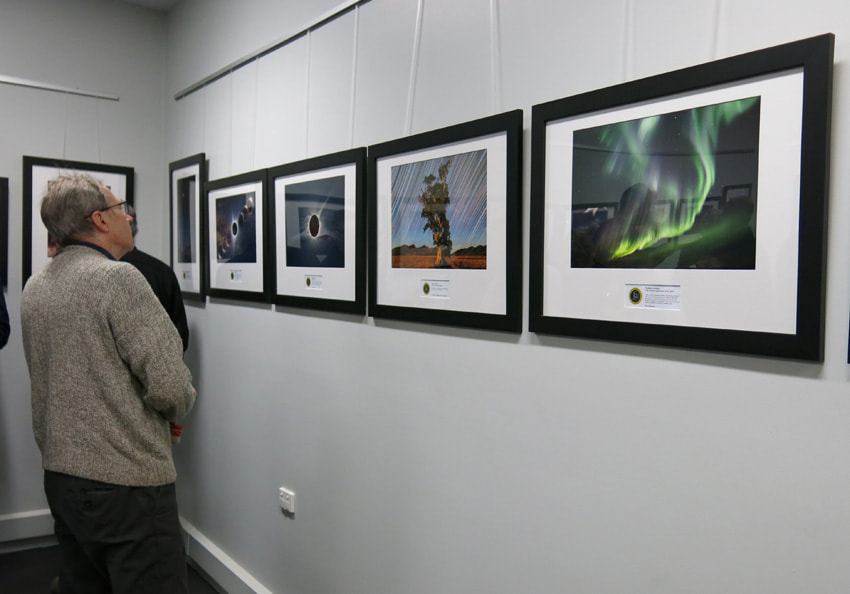
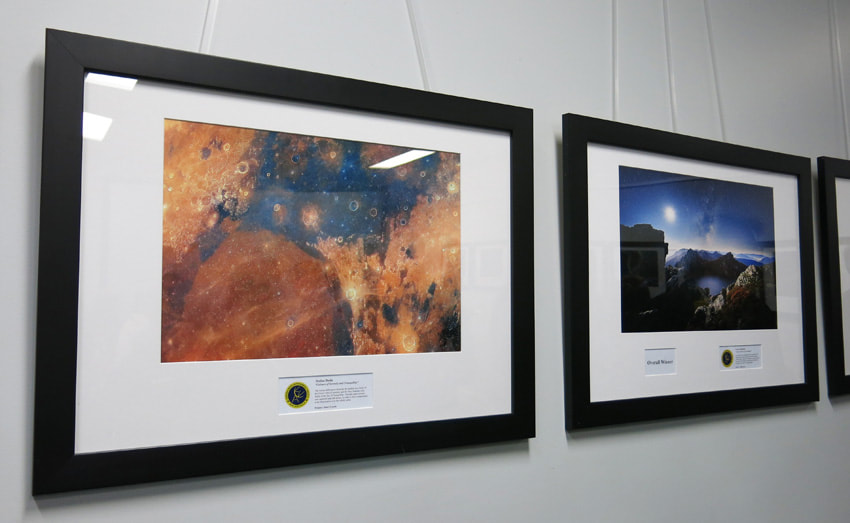















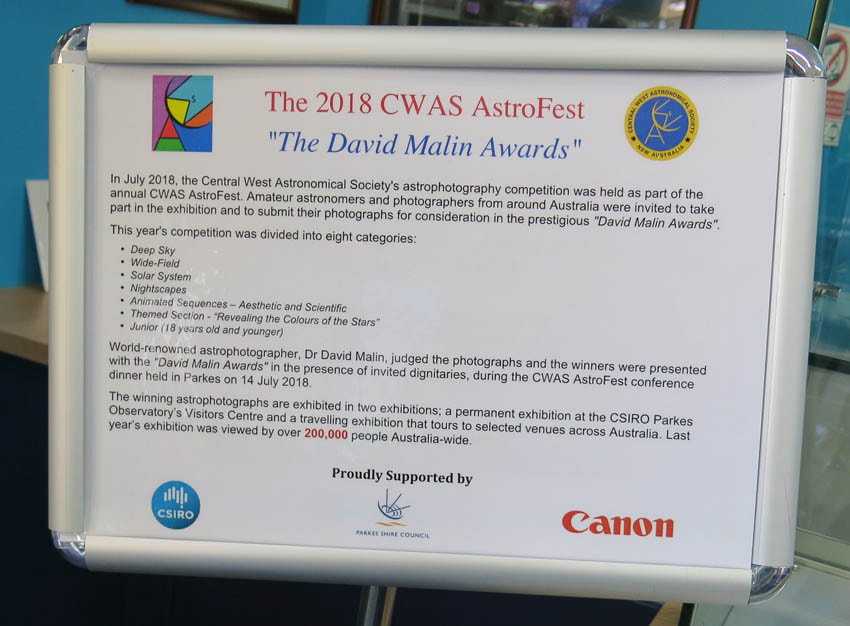









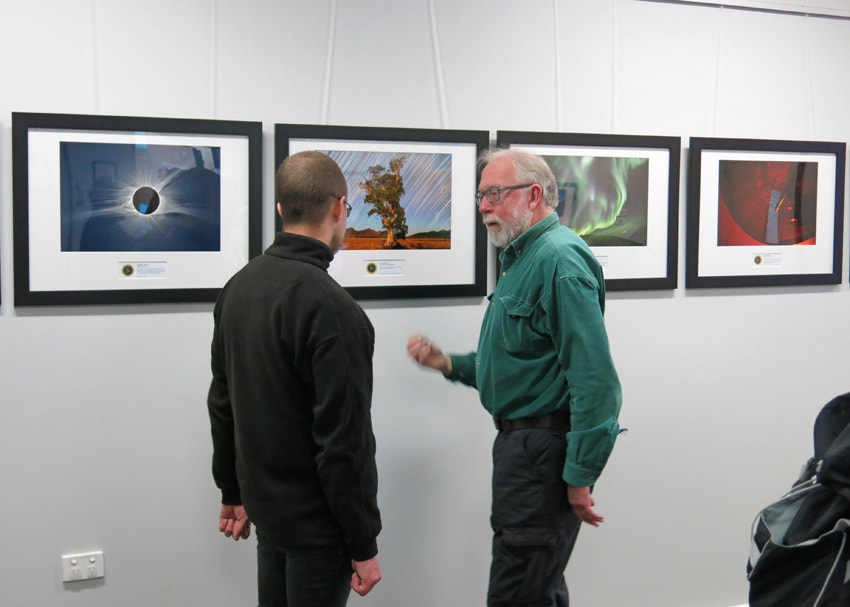






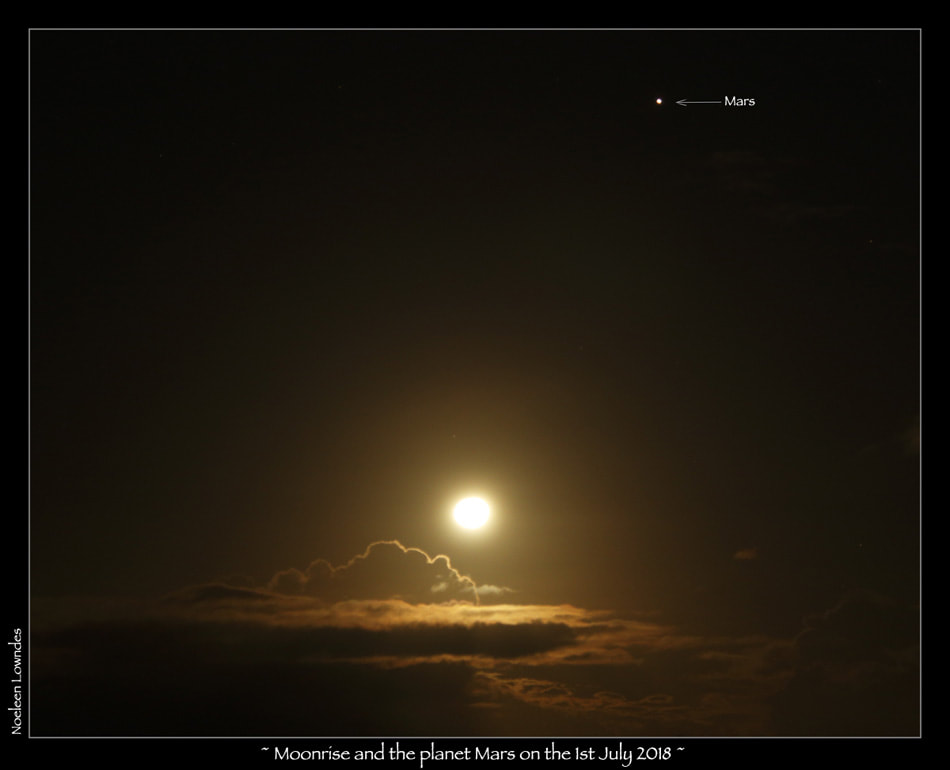



 RSS Feed
RSS Feed
